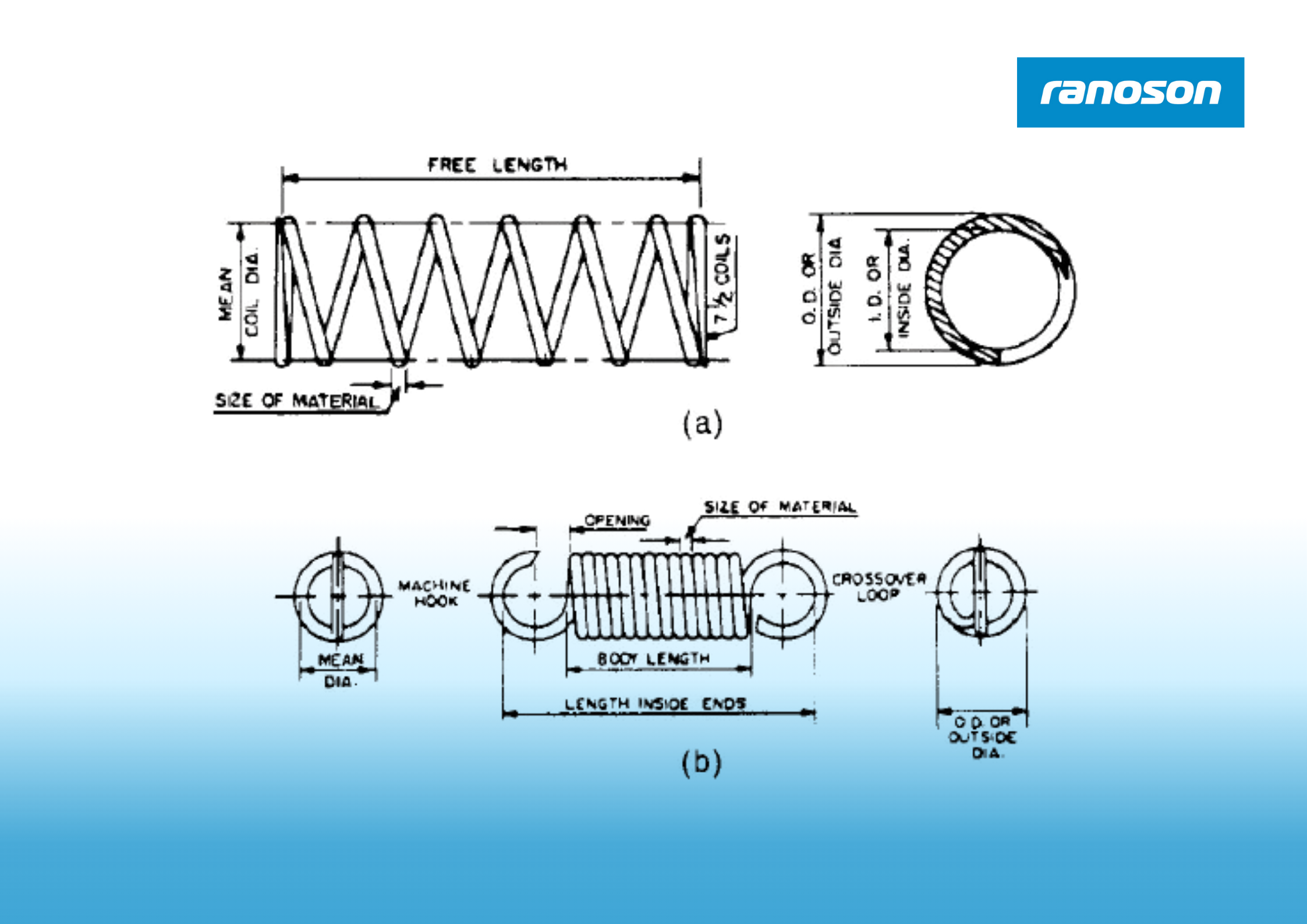
The Link Between Spring Design & Product Longevity
Posted on: 27 Aug, 2025
Every product that relies on springs, whether it is a car brake, an electrical switch, or a refrigerator door, depends on one simple truth: if the spring fails, the product fails. What this really means is that spring design is not just a technical detail. It is a direct factor in how long a product lasts, how well it performs, and how much trust it earns from end users.
Why Spring Design Matters More Than You Think
Springs are often hidden inside the final product, but they carry the weight of performance. A poorly designed spring may work fine at the start, but over time it loses tension, breaks early, or fails under repeated stress. On the other hand, a well-engineered spring distributes load evenly, resists fatigue, and extends the overall life of the system. For manufacturers, this difference can define customer satisfaction, warranty claims, and brand reputation.
How Spring Design Influences Longevity
Let’s break it down into the key ways design choices shape product lifespan.
Material efficiency
The type of material chosen, along with how it is processed, sets the foundation for durability. Stainless steel, high-carbon steel, and specialty alloys each behave differently under load and environmental conditions. Using the right material means the spring resists corrosion, avoids permanent deformation, and performs consistently even in high-stress settings like automotive brakes or compressors.
Performance testing
Even the most carefully drawn design needs validation. Load testing, fatigue analysis, and stress simulations give real insight into how a spring will perform over thousands of cycles. Skipping these steps risks putting a weak point into an otherwise strong product. Thorough testing ensures the spring will deliver the same performance on day 1000 as it did on day one.
Integration
A spring is never working in isolation. It interacts with gears, levers, clamps, or electrical components. If the design does not account for this interaction, wear and tear speeds up. Proper integration considers friction points, spacing, and alignment. The goal is to ensure the spring works with the rest of the system rather than against it.
Longevity
The final measure is always time. A spring designed for longevity maintains its load capacity through repeated cycles, temperature changes, and varying stress conditions. It avoids early fatigue, reducing breakdowns and extending product life. When customers get a product that keeps working year after year, that reliability traces back to the spring design.
Industries Where Longevity Is Non-Negotiable
Let’s look at a few examples where spring design directly affects product lifespan:
- Automotive: Suspension springs, brake systems, and engine components depend on springs that can withstand extreme conditions. A weak spring here can mean safety risks and high warranty costs.
- Electricals: In switches, circuit breakers, and thermostats, the spring must maintain accuracy over countless cycles. Failure here leads to short circuits or overheating.
- Appliances: From washing machines to refrigerators, springs manage doors, buttons, and load-bearing functions. Customers expect these appliances to last for years without mechanical failures.
The Cost of Getting It Wrong
Here’s the thing: a subpar spring design doesn’t just shorten product life, it adds costs at every stage. More breakdowns mean more customer complaints. More warranty claims mean more expenses for the manufacturer. And once the brand reputation is damaged, it takes years to rebuild. All this can be avoided with attention to spring design right at the start.
Why OEMs and Sourcing Managers Should Care
When you are sourcing springs or designing a new product, it is tempting to cut costs by choosing cheaper solutions. But not every spring is made for your exact application. Custom-engineered springs are designed to fit the load, environment, and performance requirements of your product. This precision leads to longer-lasting products, fewer recalls, and more satisfied end users.
Making Longevity a Standard
Product longevity is not just a feature, it is a commitment. It tells customers they can trust your brand. It tells suppliers you value quality. And it tells your competitors that you are serious about efficiency and reliability. The smartest way to make this standard is to treat spring design as a strategic decision, not just an afterthought.
Every spring you choose carries your brand’s reputation with it. The right design leads to reliable performance, long-lasting products, and trust that builds repeat business. The wrong design leads to failure, cost, and frustration. If product longevity is your priority, then spring design must be at the core of your engineering process.
At Ranoson, we design and manufacture springs with longevity in mind. Let us help you build products that last longer, perform better, and create lasting trust in your brand.
📧 sales@ranoson.co.in
📞 +91 7895010088 | +91 7217013190
🌐 www.ranoson.co.in
